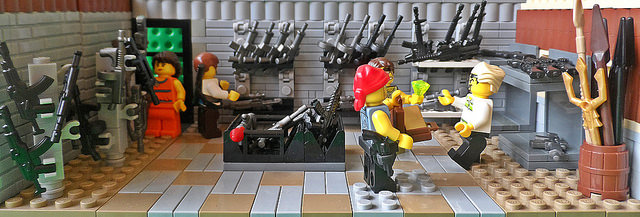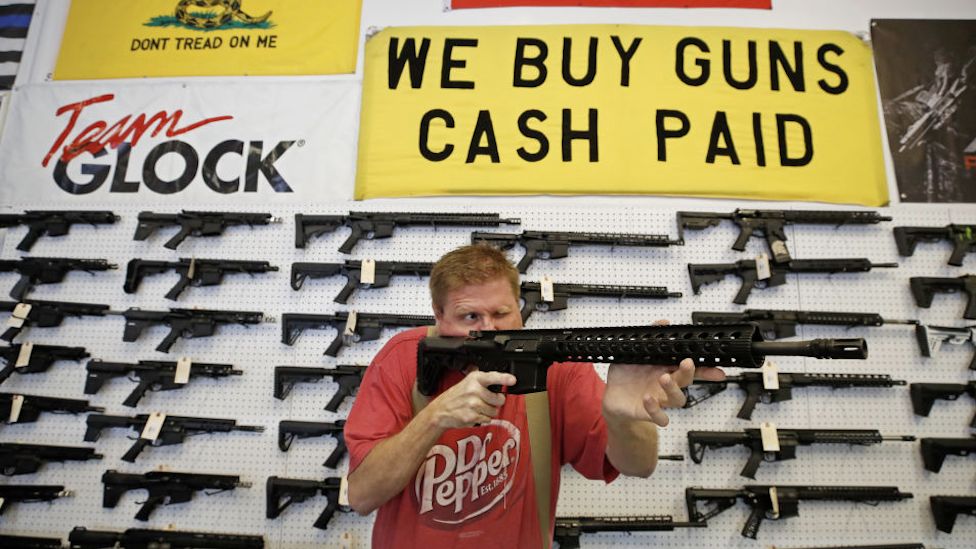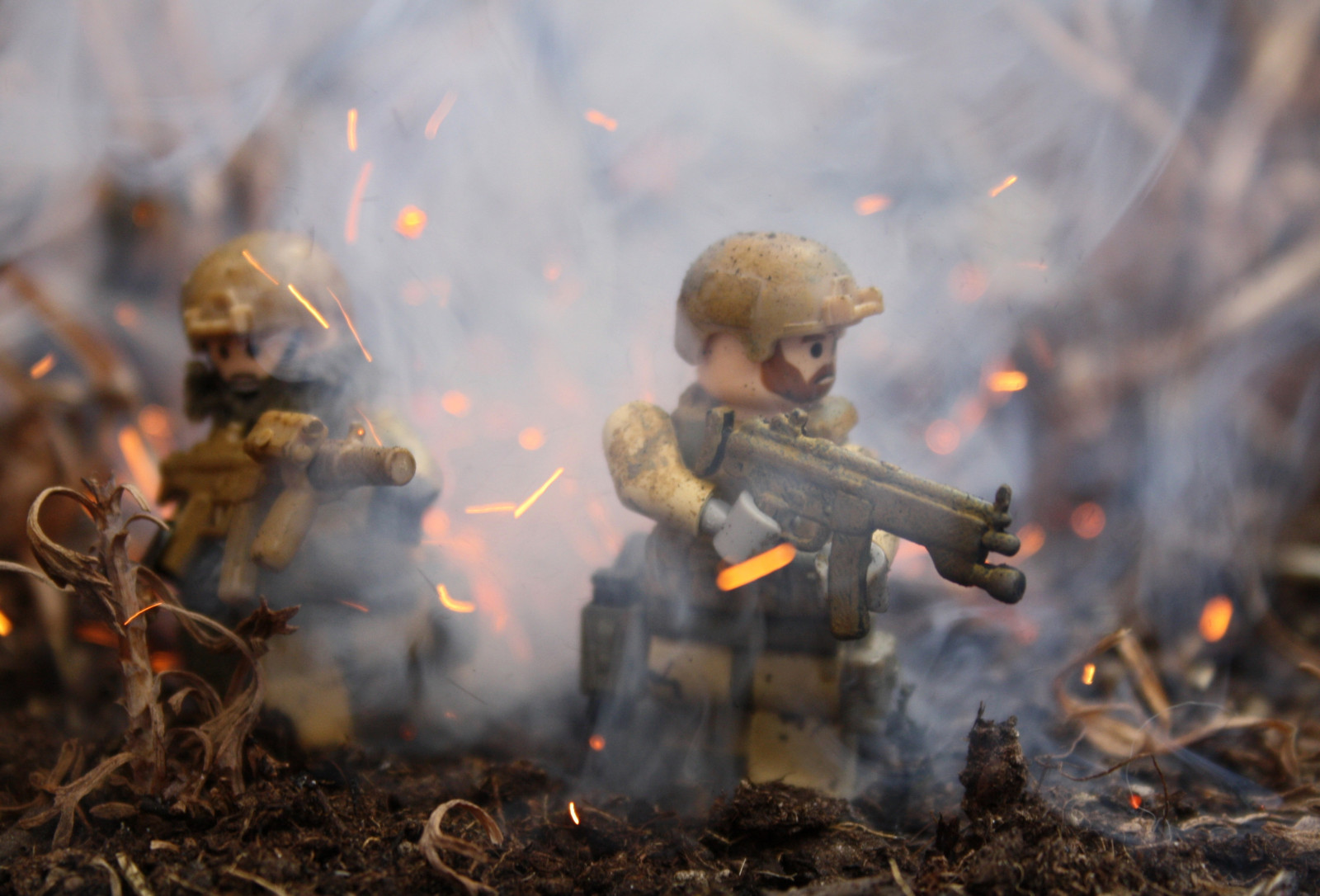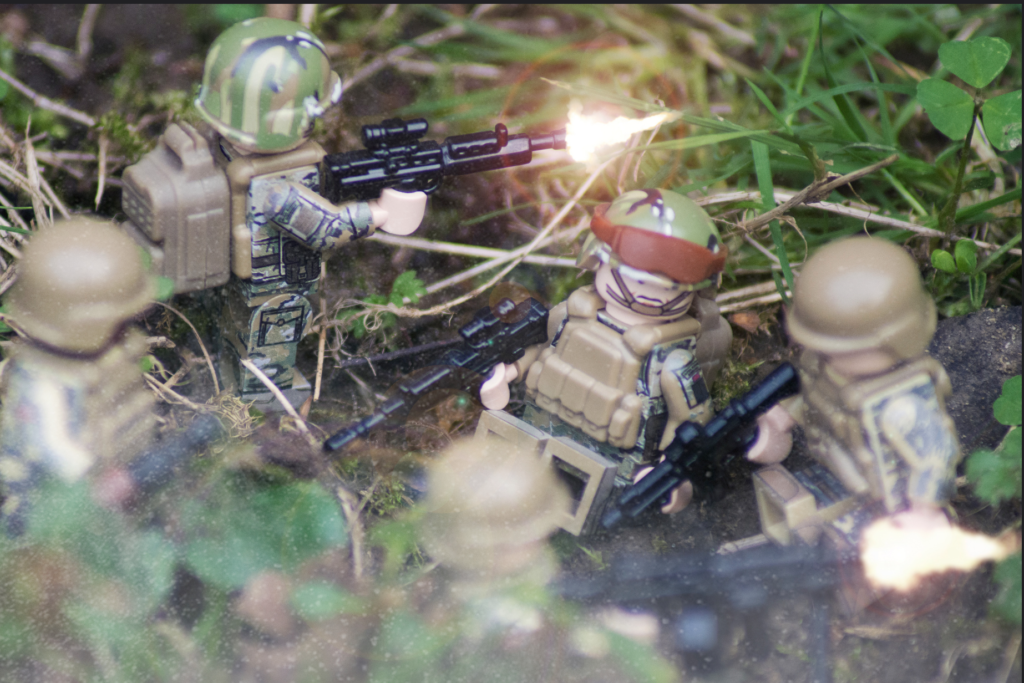- Joined
- Jan 17, 2010
- Messages
- 4,522
- Reaction score
- 5,483

- Theres a ditactor in South America that just got a sucessful coup? Maybe a junta in Africa?
Children getting mowed-down in middle west? So theres money to be made!
The weapon trading business, hasn't seen that profit increase since the Cold War.
At this is a almost 10 years old article:
The five biggest exporters - US, Russia, China, France and Germany - accounted for 74 per cent of the total volume of arms exports
Zlata Rodionova
Monday 20 February 2017 16:12 GMT
The global trade of weapons has risen over the past five years to its highest level since the end of the Cold War.
According to the Stockholm International Peace Research Institute (SIPRI), worldwide sales of arms increased by 8.4 per cent in the period between 2012 and 2016 compared with the previous five years, driven by increasing demand from countries in the Middle East and Asia.
Arms imports by countries in the Middle East increased by 86 per cent during the period, with Saudi Arabia’s up by 212 per cent and Qatar’s up by 245 per cent.
"Over the past five years, most states in the Middle East have turned primarily to the USA and Europe in their accelerated pursuit of advanced military capabilities," said Pieter Wezeman, senior researcher with the SIPRI Arms and Military Expenditure Programme.
"Despite low oil prices, countries in the region continued to order more weapons in 2016, perceiving them as crucial tools for dealing with conflicts and regional tensions."
The USA was the top arms exporter during the period, accounting for a third of all exports.
Its arms exports increased by 21 per cent compared to the 2007 to 2011 period. Almost half of its arms exports went to the Middle East.
Russia came in second, accounting for 23 per cent of global exports. China was third as its share of global arms exports rose from 3.8 to 6.2 per cent.
France and Germany accounted for 6 per cent and 5.6 per cent, respectively.
The five biggest exporters accounted for 74 per cent of the total volume of arms exports.
“The USA supplies major arms to at least 100 countries around the world—significantly more than any other supplier state”, said Dr Aude Fleurant, director of the SIPRI Arms and Military Expenditure Programme.
“Both advanced strike aircraft with cruise missiles and other precision-guided munitions and the latest generation air and missile defence systems account for a significant share of US arms exports.’
Mr Fleurant told AFP that “competition is fierce among European producers” with France, Germany and Britain in the lead.
The US and France are the main weapons providers for the Middle East while Russia and China are the main exporters to Asia.
https://www.independent.co.uk/news/...kholm-international-peace-sipri-a7590051.html
The United Kingdom has been the world’s second biggest arms exporter behind the US for the past decade, according to government figures.
Last year, UK companies signed £11bn worth of contracts for military equipment and services, down from £14bn in 2018; making it the second highest year for UK arms sales since 1983.
It meant the UK had a 16 per cent share of the global arms trade in 2019.
The Campaign Against the Arms Trade accused the government of “arming and supporting repression around the world”.
However, the government has said its arms deals generate thousands of high-skilled jobs and help keep the country safe.
Since 2010, the UK government has signed £86bn worth of contracts, with 60 per cent of those going to the Middle East, according to data from UK Defence and Exports. Saudi Arabia was the largest buyer by far.
Aerospace accounted for 88per cent of sales and contracts, including radars and missiles as well as aircraft.
The major buyers of UK-aerospace equipment include Saudi Arabia, Turkey, Oman, the USA and Qatar.
The UK had a 16 per cent share in the global arms trade in 2019, compared to the estimated US share of 47 per cent and Russia and France, which have an 11 and 10 per cent share respectively.
Andrew Smith, a spokesperson for Campaign Against Arms Trade, said: "Arms dealers will be celebrating, but these figures should be a source of great shame.
"Boris Johnson and his colleagues are always talking about 'Global Britain' and the importance of human rights and democracy, but they are arming and supporting repression around the world.
These sales are not just numbers on a spreadsheet: for people around the world they could be a matter of life and death."

https://www.independent.co.uk/news/...t-saudi-arabia-turkey-oman-qatar-b841746.html
Last edited:
















